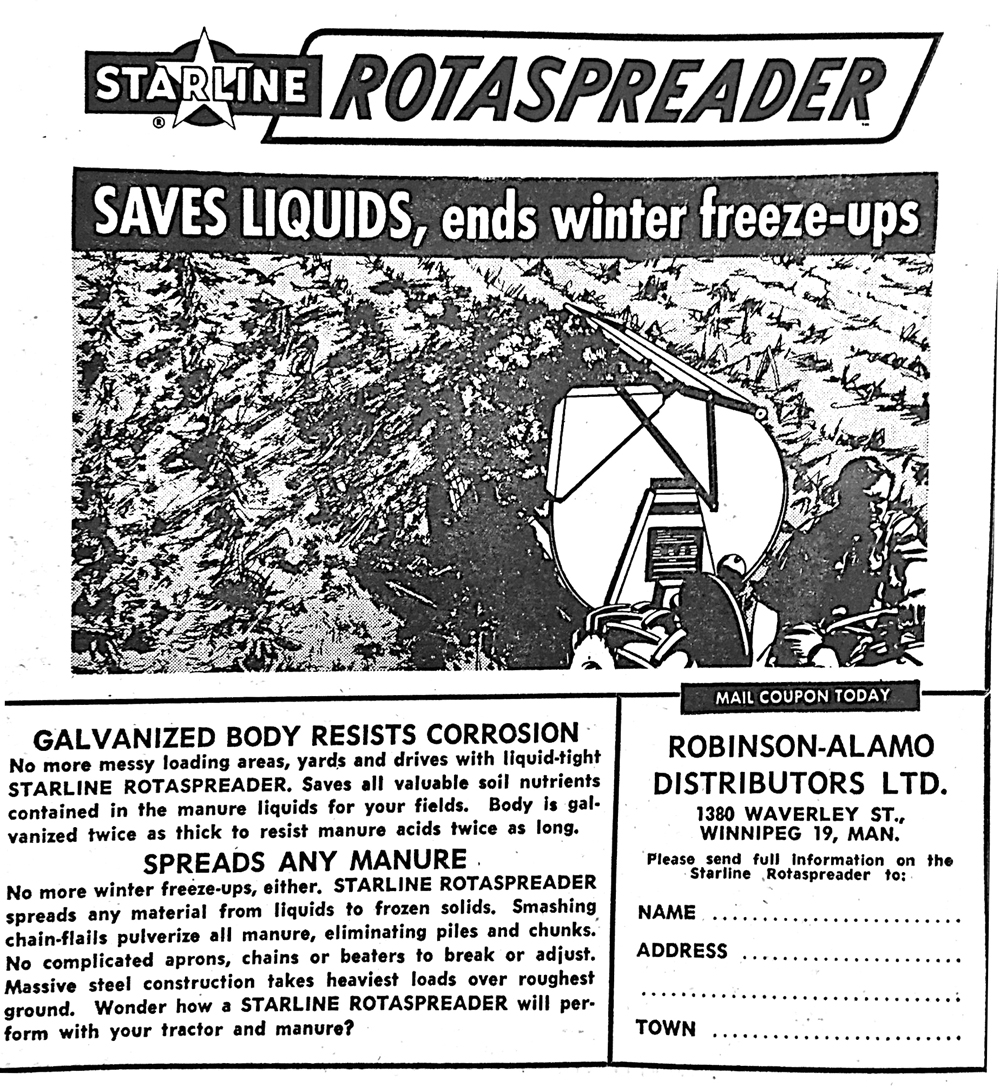Winter spreading of manure was apparently not a concern in February 1971, as avoiding winter freeze-ups was promoted as one of the benefits of the Starline Rotaspreader.
The stories in our Feb. 25 issue reflected the concerns over wheat marketing at the time, as Western Canada was sitting on a huge surplus. Wheat board minister, Otto Lang announced a $40-million, three-year program to convert four million acres to perennial forage for livestock. Following recent failure to reach a new International Wheat Agreement without any price agreement among exporters, some western MPs including future wheat board minister, Don Mazankowski pressed the government to establish a $3-per-bushel minimum for wheat sold to the domestic market.
Read Also

The Belarus advantage
A range of 16 Soviet-built Belarus tractors ranging from 25 to 260 hp was on offer in this ad in…
Despite the wheat surplus, barley was still in demand and the wheat board was encouraging farmers to deliver to meet export sales.
Manitoba was also taking steps to improve marketing. Agriculture Minister Sam Uskiw announced staff had been selected for a new agricultural marketing branch which would assist producers and businesses in selling products domestically and internationally.
In order to make the wheat more marketable internationally, Agriculture Minister H.A. Olson announced that a new protein-grading system would be introduced Aug. 1. The current grades of No. 1 and No. 2 Northern would be combined into a new grade of No. 1 Canada Western Red Spring.














